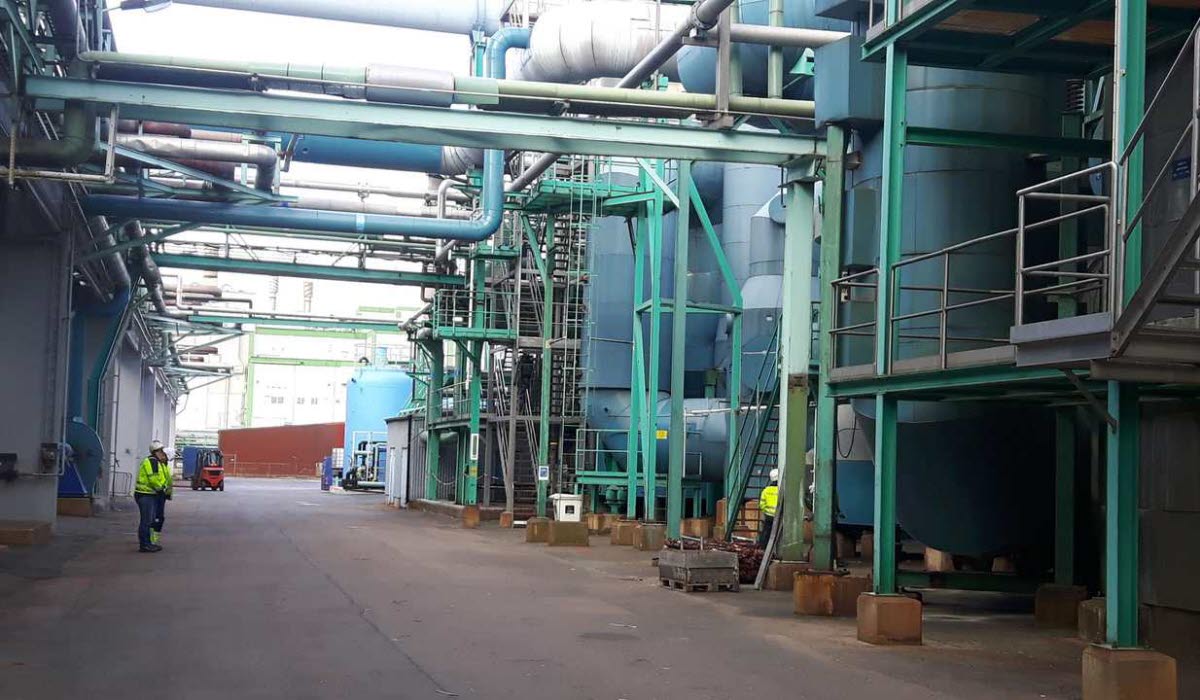Precision fermentation
Urgency/Challenges
Singapore currently produces only 10% of its food locally and aims to increase this to 30% by 2030. Scaling sustainable food production technologies is a key challenge in reaching this goal.
Contributions
ScaleUp Bio has partnered with Alfa Laval to equip two high-tech facilities in Tuas. One site supports fermentation at up to 10,000 litres, using Alfa Laval’s Pureferm 250 separator—cutting energy use by 40%—and MultiSystem membrane filtration. The adjacent R&D centre includes an MBPX404 separator and two PilotUnit Multi systems, allowing testing across various filtration types. Precision fermentation can reduce emissions and water use by up to 90% compared to conventional beef production (UNEP, 2023). The facilities help companies scale from lab to commercial production.
Success factors
Efficient, scalable technology, flexible testing capacity, and experience in fermentation processes have been key to the project’s success and potential for scale-up.
The sulphuric acid plant and district heating
Urgency/Challenges
At the Kemira Kemi sulphuric acid plant in Helsingborg, Sweden, waste heat from the absorption and drying circuits was historically dumped into the sea. In the early 1980s, the challenge was to reengineer the cooling system to capture and reuse this energy. In a larger context, the district energy system in Helsingborg cut emissions significantly, contributes to job creation and strengthens the local economy. The city has been reusing the heat from Kemira Kemi since 1974.
Contributions
Kemira Kemi supplies 40% of the heating need to the city of Helsingborg. The reused waste heat from the chemical production, reduces the CO₂ emissions by 131,000 tonnes annually while cutting energy costs and increasing competitiveness. Heat recovery projects have broader economic impacts as well. A socioeconomic study found that district energy systems in Helsingborg supported by industrial heat recovery by Kemira Kemi can create around 1,400 jobs, increase regional tax revenues, and strengthen local economies. Alfa Laval upgraded the plant with semi-welded plate heat exchangers (Hastelloy D205), converting the cooling loop to recover ~530 MWh/day (~240 GWh/year). This offsets roughly 22,000 m³ oil annually, supplies 10% of Helsingborg's winter district heating, eliminates reliance on oil, and reduces SO₂ emissions. Payback was under a year in both the 1980s and after a 1999 upgrade. Alfa Laval also delivers numerous heat exchangers for the local district energy grid.
Success factors
Key enablers included use of highperformance exchanger tech enabling close-temperature heat recovery, closed-loop design, and strong economic incentives—resulting in sub1year ROI and easy integration without major plant redesign.



